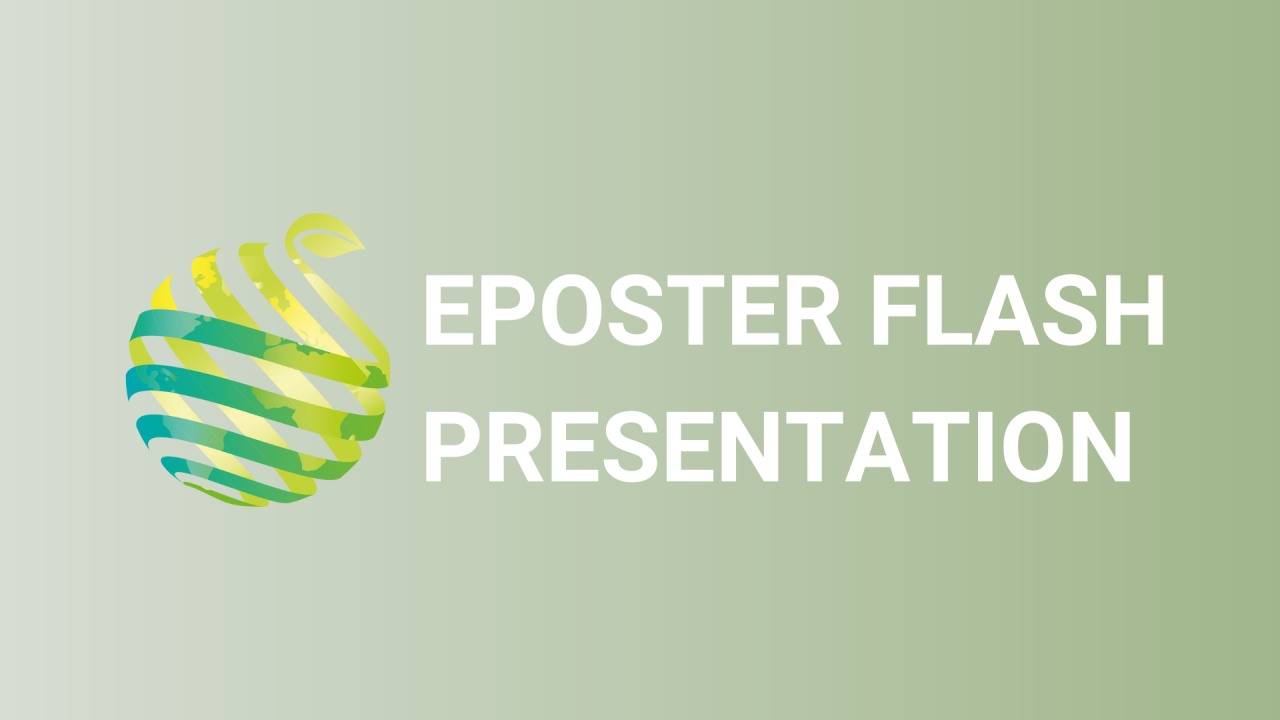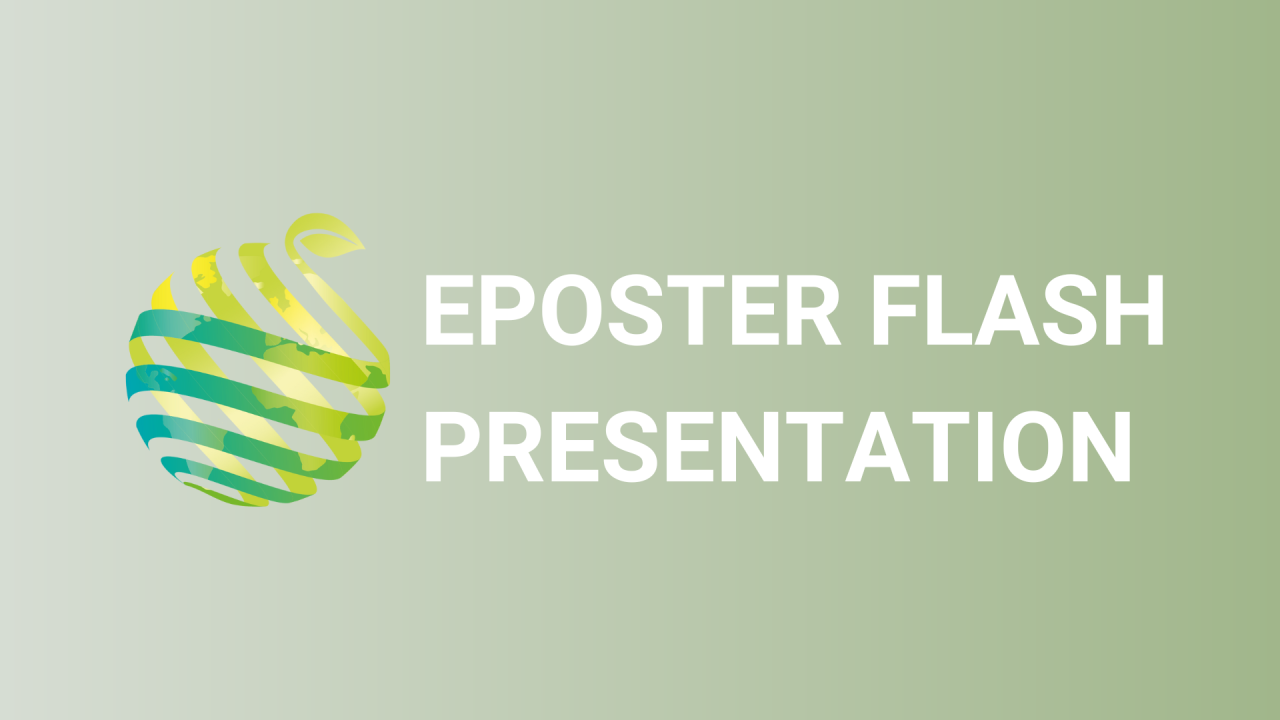

S05 - Session P3 - Introduction of rol genes in roses using the root inducing plasmid of rhizogenic agrobacteria
Information
Authors: Siel Desmet, Emmy Dhooghe, Hamid Reza Sabbaghi, Ellen De Keyser, Johan Van Huylenbroeck, Leen Leus *
In many plant genera regeneration after co-cultivation with wild type Rhizobium rhizogenes results in a more compact plant habit. R. rhizogenes uses the root inducing (Ri) plasmid to modify the host plant nuclear genome by inserting root oncogenic loci ( rol ) genes). Expression of these rol genes results in excessive formation of so-called hairy roots. Typically plants regenerated from hairy roots show a reduced apical dominance leading to a compact habit and pronounced lateral branching. In ornamentals this is considered as an interesting alternative for chemical growth retardants. In roses ( Rosa ) the use of the Ri plasmid could be of interest in the production of compact pot roses but also as a tool for genetic transformation. In roses transformation and especially regeneration after co-cultivation with Agrobacterium tumefaciens is difficult. The use of rhizogenic agrobacteria and the use of hairy roots can be preferred as an alternative. We introduced rol genes into the garden rose 'Gomery' by co-cultivation with R. rhizogenes .Three types of explants were used for co-cultivation: leaf discs, petioles and nodal segments. Nodal segments were the most successful in the formation of hairy roots after co-cultivation, resulting in more than 25% efficiency depending on the co-cultivation method. Sonication could even increase this efficiency of hairy root formation. As bacterial strain, the agropine strain ATCC 15834 was used and this has led to unique Ri plants after regeneration. These Ri lines differed in the presence of the T R -part of the Ri plasmid and also the copy number of the transferred genes was different. As expected, plants obtained after co-cultivation showed an altered phenotype of branching. Also differences in root formation are of interest, therefore a phenotyping scheme is developed using own rooted plants and plants grown on rootstocks. A preliminary analysis of the morphology of the regenerated plants will be presented.